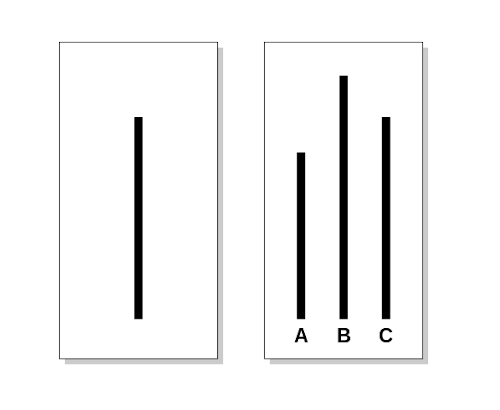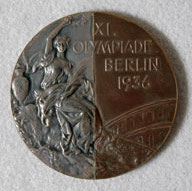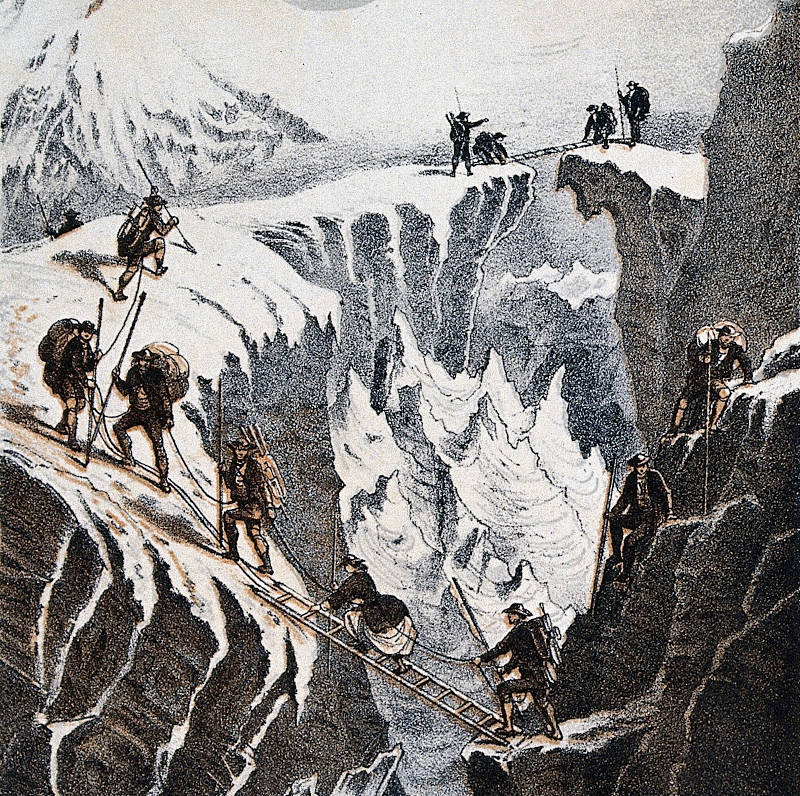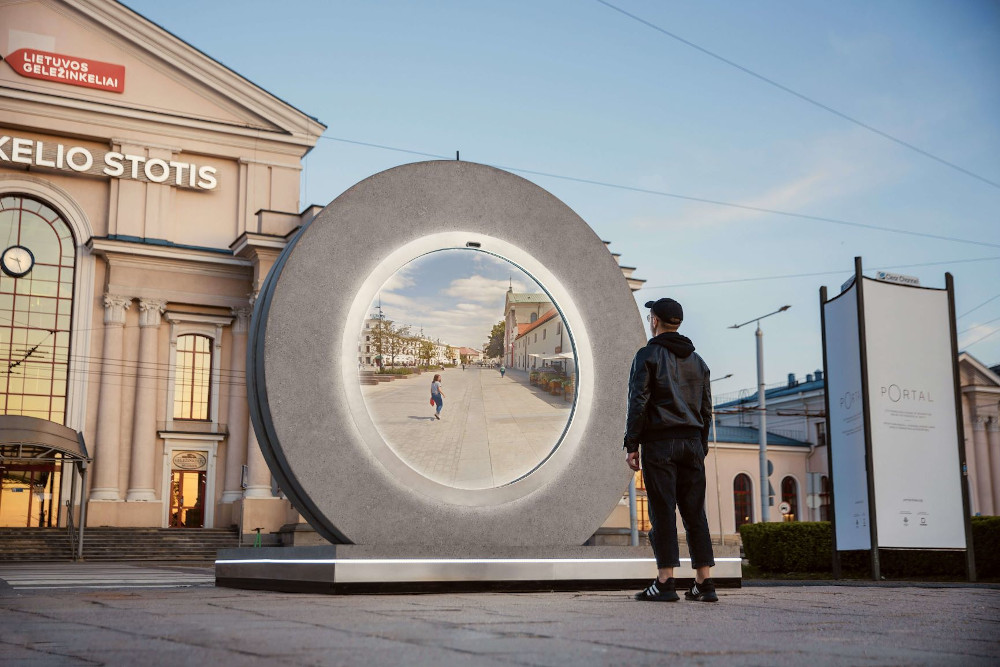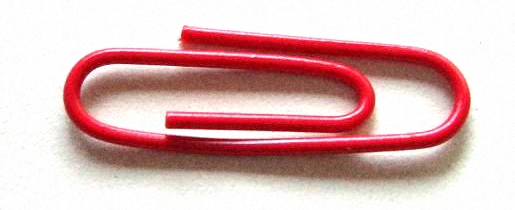Self-defense is widely accepted as a valid reason to use deadly force. But why is it valid? Most other kinds of killing arouse strong moral and political controversy: capital punishment, abortion, euthanasia, suicide, war, even the killing of animals. But debates about self-defense tend to accept its basic legitimacy. Even those who oppose national self-defense as a justification for war may accept the same principle in a conflict between individuals.
“Not only is self-defense uniquely uncontroversial as a form of killing, but the lack of controversy persists despite the absence of any plausible account as to why it is justified,” writes philosopher Whitley R.P. Kaufman in Justified Killing (2009). “The strength and unanimity with which the assumption that killing in self-defense is morally and legally permissible is held suggest that there must be some powerful and persuasive rationale justifying such killing. But if there is such a rationale, moral philosophy has yet to find it.”

